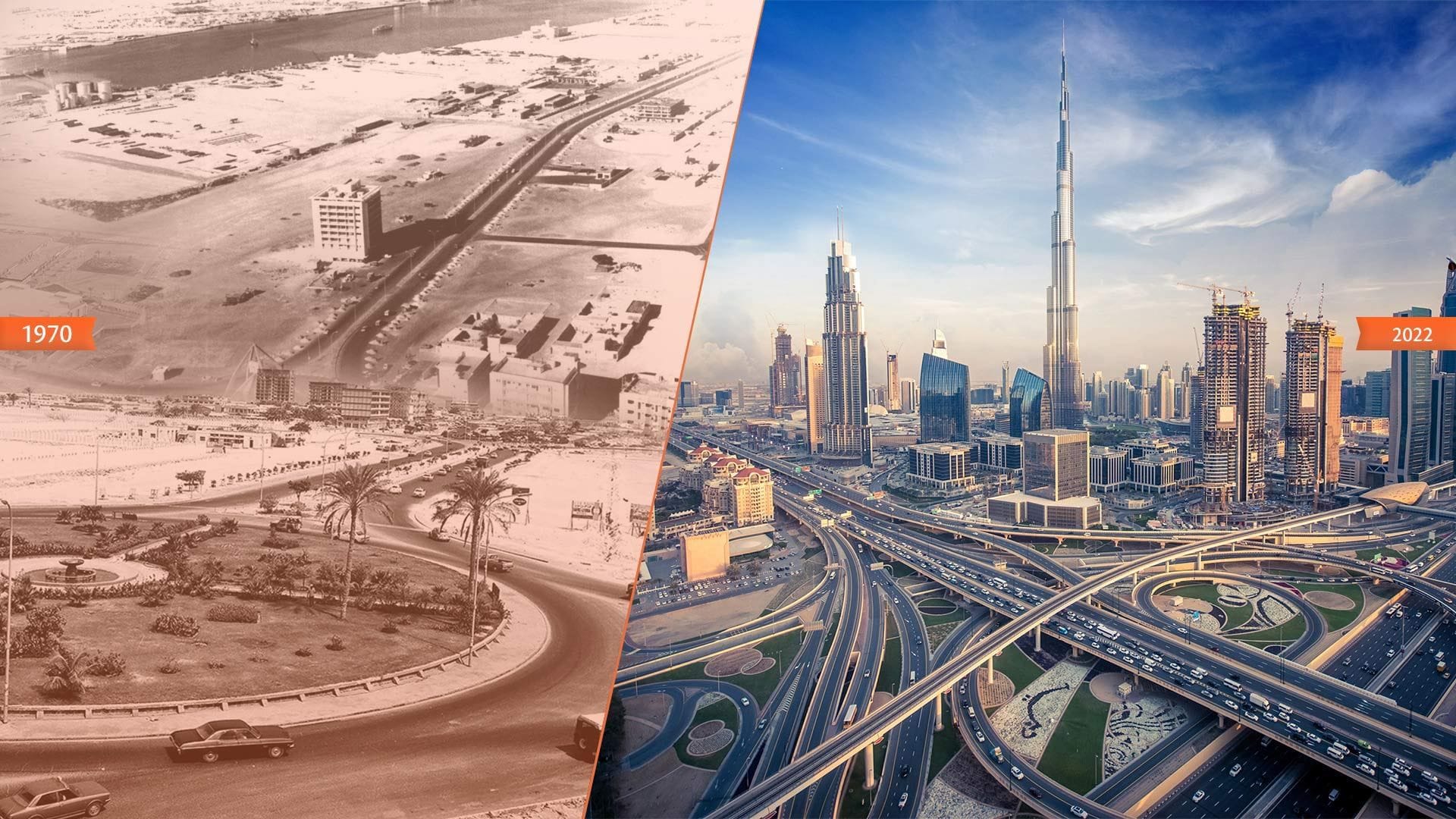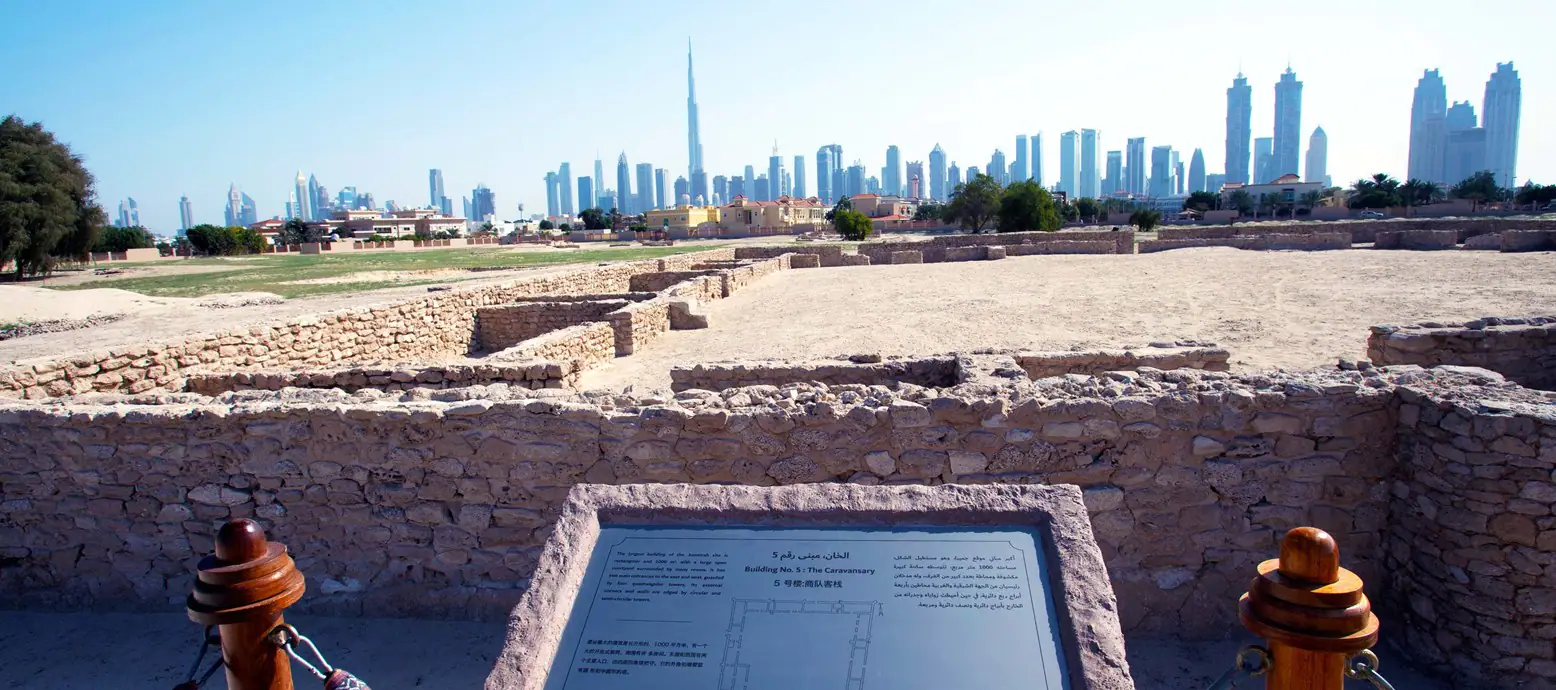Dubai History Unveiled: From Ancient Sands to Modern Marvels
Uncover Dubai's rich history — from ancient settlements to modern marvels. Explore how this desert city evolved into a global icon of luxury and innovation.

Dubai dazzles with its futuristic skyline and luxurious allure, but beneath the glitz lies a rich history spanning millennia. From prehistoric settlements to a thriving trade hub, and now a global metropolis, Dubai’s journey is a testament to resilience and reinvention. Curious about how this desert city became a world icon? Let’s explore the fascinating history of Dubai—and discover the roots that shaped its extraordinary present.
Ancient Origins: Over 5,000 Years Ago
Dubai’s story begins in the sands of antiquity. Archaeological finds, like those at Jumeirah and Al Sufouh, reveal settlements from the Bronze Age (circa 3000 BCE). The Umm Al Nar culture left behind pottery, bronze tools, and burial sites, hinting at a community tied to fishing and early trade along the Arabian Gulf. These traces prove Dubai’s roots stretch back over 5,000 years, long before its modern fame—a quiet start for a city now known for breaking records.

A Trading Port Emerges: The 18th and 19th Centuries
By the 1700s, Dubai’s modern identity began to form. The Bani Yas tribe, under the Al Maktoum family (rulers to this day), settled along the Dubai Creek around 1799. This natural inlet transformed the area into a bustling hub for fishing, pearl diving, and trade with Persia, India, and beyond. In 1833, the Al Maktoum faction solidified control, marking Dubai’s official emergence as a settlement—over 190 years ago. By the late 1800s, its pearl divers and dhows made it a key player in the Gulf, with a population nearing 10,000.

The Pearl Diving Golden Age: 19th to Early 20th Century
For decades, pearl diving fueled Dubai’s economy. Divers risked their lives in the Gulf, harvesting pearls that adorned royalty worldwide. The Creek buzzed with activity, lined with souks and wooden boats. But the 1930s brought challenges: the Great Depression and Japan’s cultured pearls crashed the market. Dubai adapted, leaning on trade and its strategic location—a resilience that foreshadowed its future greatness.

Oil and Independence: The 20th Century Pivot
The discovery of oil in 1966 changed everything. Under Sheikh Rashid bin Saeed Al Maktoum’s vision, Dubai began its transformation. When the United Arab Emirates formed in 1971, Dubai joined as a key emirate, just over 50 years ago. Oil wealth funded infrastructure—ports, roads, and the Jebel Ali Free Zone—but leaders looked beyond petroleum. By the 1980s and 1990s, tourism and commerce took center stage, setting the stage for today’s Dubai.

The Modern Era: A Global Icon
Today, Dubai is unrecognizable from its humble past. The Burj Khalifa (opened 2010), Palm Jumeirah, and Dubai Mall symbolize its ambition. From a population of 40,000 in the 1960s to over 3.5 million now—85% expatriates—Dubai has become a melting pot. Its history of trade and adaptation evolved into a knack for innovation, making it a leader in architecture, finance, and luxury travel. Yet, echoes of its past linger in the Creek, souks, and Al Fahidi Fort.

Why Dubai’s History Matters
Dubai’s past isn’t just a timeline—it’s a story of transformation. From ancient fishermen to pearl divers, traders to trailblazers, every era built the Dubai we admire today. Visiting? Explore the Dubai Museum or sail the Creek to feel its heritage firsthand. What’s your favorite slice of Dubai’s history? Share your thoughts below—we’d love to hear from you!
